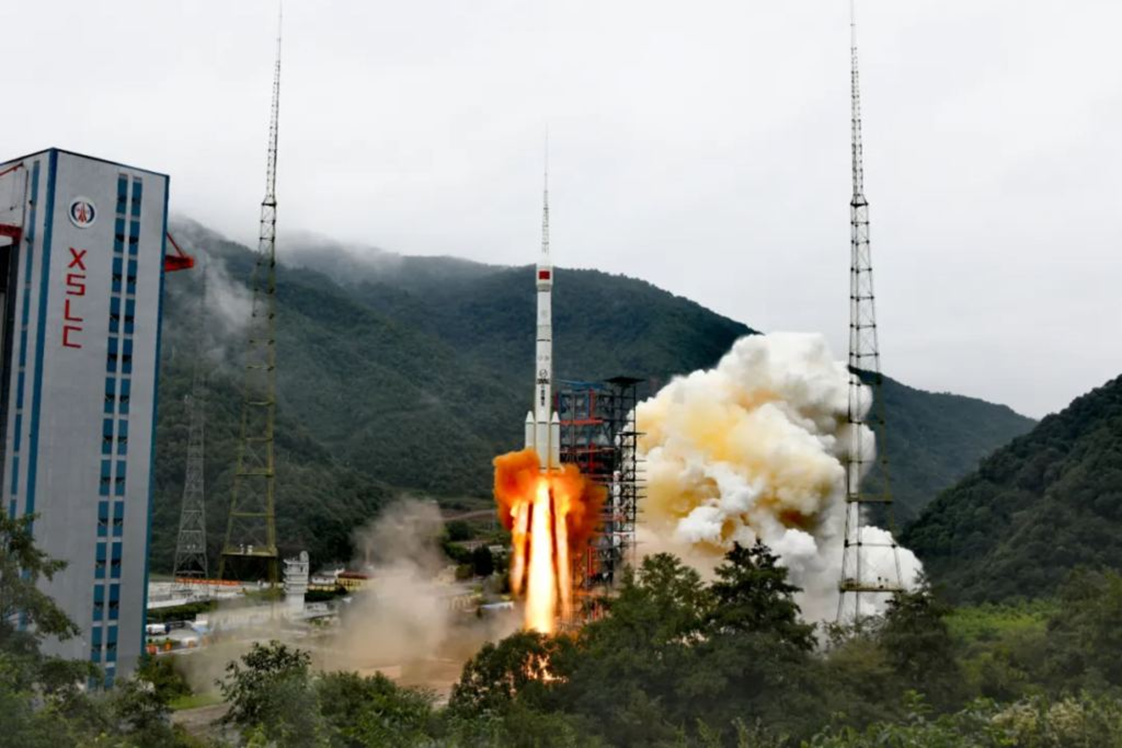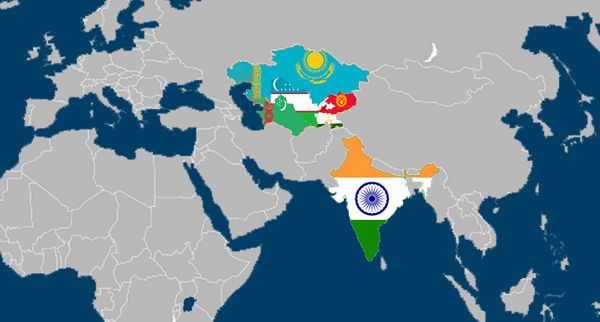- Courses
- GS Full Course 1 Year
- GS Full Course 2 Year
- GS Full Course 3 Year
- GS Full Course Till Selection
- MEP (Mains Enrichment Programme) Data, Facts
- Essay Target – 150+ Marks
- Online Program
- GS Recorded Course
- NCERT- First Ladder
- Polity
- Geography
- Economy
- Ancient, Medieval and Art & Culture AMAC
- Modern India, Post Independence & World History
- Environment
- Governance
- Science & Technology
- International Relations and Internal Security
- Disaster Management
- Ethics
- Current Affairs
- Indian Society and Social Issue
- CSAT
- 5 LAYERED ARJUNA Mentorship
- Public Administration Optional
- ABOUT US
- OUR TOPPERS
- TEST SERIES
- FREE STUDY MATERIAL
- VIDEOS
- CONTACT US
French-Chinese Satellite SVOM Launched to Study Gamma-Ray Bursts
French-Chinese Satellite SVOM Launched to Study Gamma-Ray Bursts
26-06-2024

The Space Variable Objects Monitor (SVOM) satellite, a joint project between France and China, was successfully launched from the Xichang Satellite Launch Center in China.
- SVOM's primary mission is to detect and study gamma-ray bursts (GRBs), powerful cosmic explosions that occur after the death of massive stars or the merging of compact stars.
- The satellite is equipped with four instruments, two from each country, and is expected to operate for at least five years, potentially extending to 20 years.
- GRBs are difficult to observe due to their short duration and unpredictable nature, making SVOM a valuable tool for understanding these phenomena.
- By studying GRBs, scientists hope to gain insights into the early universe, the evolution of stars and galaxies, and fundamental laws of physics.
What are Gamma Rays?
|
Key Points:
- SVOM: French-Chinese satellite designed to detect and study gamma-ray bursts.
- Gamma-ray bursts (GRBs): Extremely bright cosmic explosions resulting from the death of massive stars or the merging of compact stars.
- Significance: GRBs provide valuable information about the early universe, stellar evolution, and fundamental physics.
- Challenges: GRBs are difficult to observe due to their short duration and unpredictable nature.
- Expected Outcomes: SVOM's data will help scientists test the laws of physics under extreme conditions and understand the dynamics of the universe.
Additional points:
- Gamma rays are the most energetic waves in the electromagnetic spectrum and are produced by the hottest and most energetic objects in the universe.
- GRBs can release as much energy in a few seconds as the sun does in its entire lifetime.
- SVOM's orbit is over 600 kilometres above Earth, allowing it to observe GRBs without atmospheric interference.



